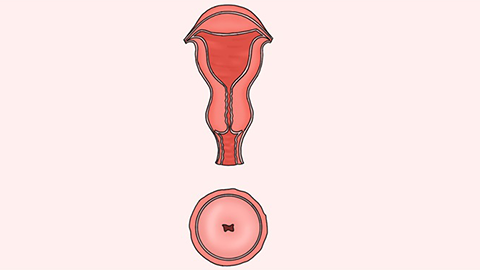What are the symptoms of cervical erosion?
Uterine erosion generally refers to cervical columnar epithelial displacement. In most cases, cervical columnar epithelial displacement might not present obvious symptoms. When symptoms do occur, they usually include abnormal vaginal discharge, contact bleeding, external genital discomfort, lower abdominal or lumbosacral pain, and urethral burning sensation during urination. If related symptoms appear, timely medical consultation is recommended to confirm the condition and follow medical advice accordingly. Detailed analysis is as follows:
1. Abnormal Vaginal Discharge
Vaginal discharge significantly increases in volume, becoming thickened, with a pale yellow or purulent appearance. Some discharge may contain blood streaks; when accompanied by infection, a noticeable odor may be present, especially prominent during hot weather or excessive perspiration.

2. Contact Bleeding
During sexual intercourse or after contact with the cervix during gynecological examinations, small amounts of bright red blood may appear in the vagina. Usually, the blood only stains the underwear and stops spontaneously after several hours, but repeated contact can cause recurrence.
3. External Genital Discomfort
Increased vaginal discharge continuously irritates the skin of the external genital area, causing intermittent itching. Scratching may lead to a burning sensation. In severe cases, the skin of the external genitalia may become red, swollen, and develop tiny injuries or ulcers.
4. Lower Abdominal or Lumbosacral Pain
When inflammation spreads to the pelvic cavity, a persistent dull pain may occur in the lower abdomen, accompanied by soreness in the lumbosacral region. The pain and discomfort intensify significantly during menstruation, prolonged sitting, defecation straining, or sexual activity, and may slightly improve with physical movement.
5. Urethral Burning Sensation During Urination
When inflammation affects the tissue surrounding the urethral opening, a distinct burning sensation may be felt in the urethra during urination, especially intense at the moment of urine discharge. Symptoms may persist for several minutes after each urination.
Cervical columnar epithelial displacement is mostly a normal physiological phenomenon related to estrogen levels in the body. However, if the above symptoms occur, it may indicate concurrent conditions such as cervicitis. Regular gynecological examinations, including cervical cytology tests and HPV testing, are recommended to rule out cervical abnormalities. In daily life, attention should be paid to personal hygiene, keeping the external genital area clean, avoiding unhygienic sexual practices, and reducing the risk of cervical infection. If symptoms are significant or abnormalities are detected during examination, timely treatment following medical advice is recommended.







